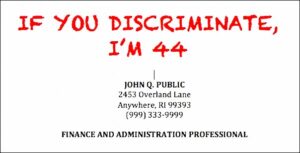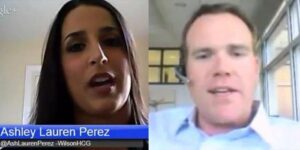
Recruiting Pro Tip: How to Overcome Candidate Communication Barriers
Talent selection is a delicate, multifaceted process. No two candidates are alike, and each presents the recruiter with a unique set of circumstances to navigate.

Talent selection is a delicate, multifaceted process. No two candidates are alike, and each presents the recruiter with a unique set of circumstances to navigate.

President Joe Biden held his post for only a few hours before rescinding former President Donald Trump’s executive order banning some forms of diversity and
There’s no dearth of information about the workplace generational divide–in fact, you’ve no doubt seen countless articles, blog posts, whitepapers, and case studies about how

Age discrimination has no place at work — and yet it persists. Why? What should we do? The TalentCulture community speaks…

Do you want to lead others? Start by leaving behind age stereotypes that keep us all from getting ahead. Try these 5 steps

This week, #TChat offers 3 ways to play! We marry old school with new tech, and hopefully advance workplace culture and practices for everyone

Are employers unintentionally losing competitive steam by overlooking talent that lives at the margins? Could a more inclusive world of work boost innovation?

What role does age really play in today’s workplace? One of our very own #TChat Ambassadors takes a tough look, and offers advice for young professionals…

Today’s workplace is no place for age-based stereotyping. And yet, negative stereotypes persist. How can we break free from these assumptions that threaten professional relationships and business performance?

Even today, negative stereotypes can cast a shadow over our professional lives. See what experts from a top recruiting outsourcing firm say about labels in the workforce – this week’s focus on #TChat…